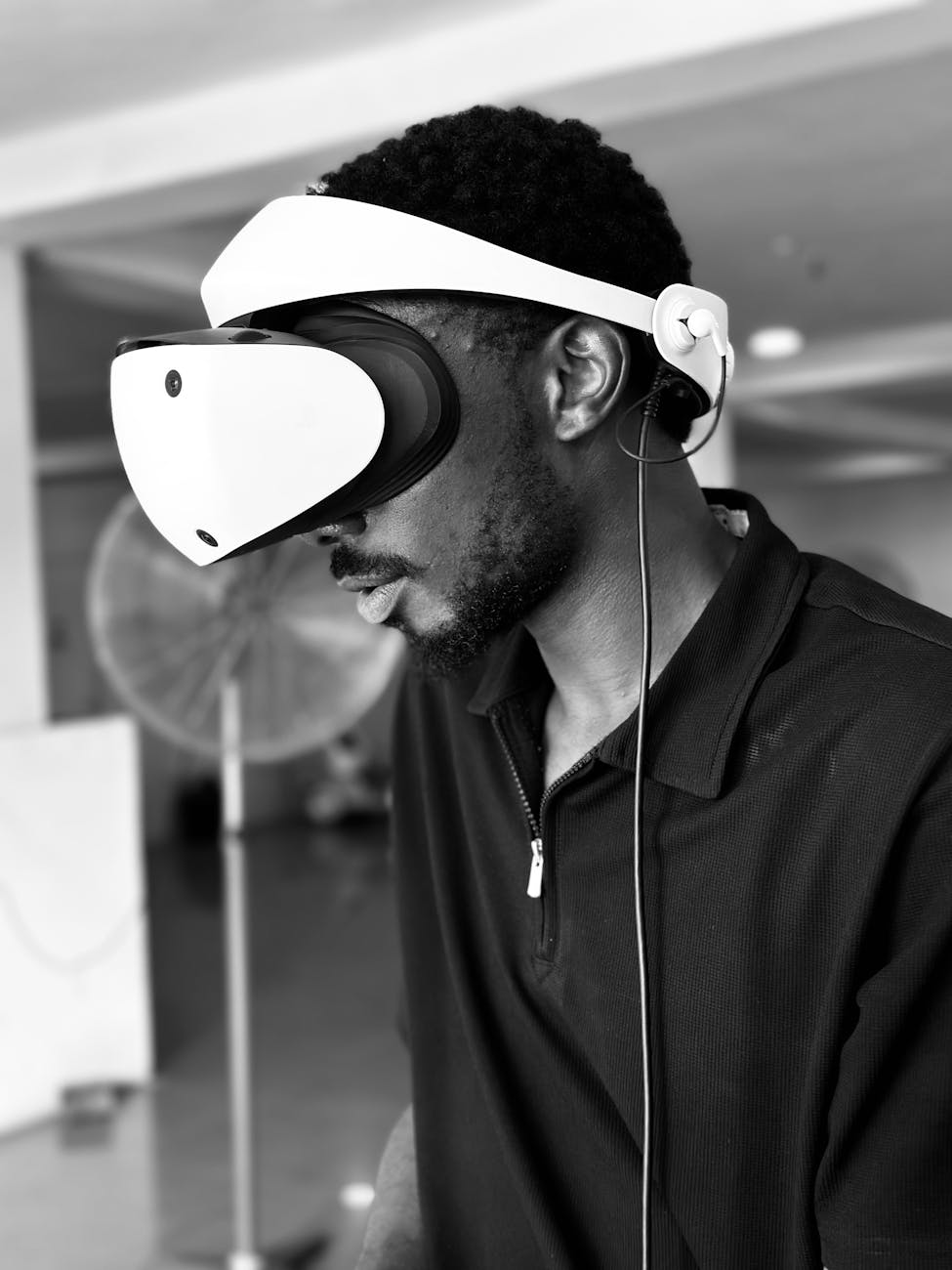Virtual reality gaming: the rise of immersive experiences
The landscape of interactive entertainment is undergoing a seismic shift, with virtual reality (VR) gaming at the forefront of this revolution. Gone are the days of passive screen observation; VR plunges players directly into digital worlds, blurring the lines between reality and simulation. This article will explore the exhilarating ascent of immersive virtual reality gaming, examining its technological underpinnings, the evolution of its content, its profound impact on player engagement, and the promising future that lies ahead. We will delve into how VR is not merely an extension of traditional gaming but a fundamentally new paradigm for experiencing digital narratives and interactions.
The technological leap
The advent of virtual reality gaming wouldn’t be possible without significant advancements in several key technological areas. At its core, VR relies on sophisticated hardware that replicates sensory input, primarily visual and auditory, to create a convincing sense of presence. Head-mounted displays (HMDs) are central to this, utilizing high-resolution screens and wide fields of view to trick the brain into believing the virtual environment is real. Technologies like inside-out tracking, where cameras on the headset map the player’s surroundings, and external sensors, which precisely track head and hand movements, have moved from nascent concepts to robust, accessible features. The development of powerful yet affordable GPUs and CPUs has been instrumental in rendering complex virtual worlds in real-time, minimizing latency and motion sickness, which were significant hurdles in earlier iterations. Furthermore, haptic feedback technology, incorporated into controllers and even full-body suits, adds another layer of realism by simulating touch and physical sensations, making interactions feel more tangible and visceral.
Evolving content and gameplay
As the technology matured, so too did the content designed for it. Early VR games often served as technological showcases, focusing on simple mechanics and short experiences. However, developers have since moved towards creating richer, more complex narratives and gameplay loops that fully leverage VR’s unique capabilities. This has led to a surge in diverse genres, from intense action-adventure titles that allow players to physically duck and weave through combat, to intricate puzzle games where manipulation of virtual objects feels intuitive and natural. Role-playing games are now offering unprecedented levels of immersion, allowing players to embody their characters in ways previously unimaginable. The social aspect of VR gaming has also blossomed, with multiplayer experiences enabling friends to interact in shared virtual spaces, fostering a sense of camaraderie and shared adventure that transcends geographical boundaries. This continuous evolution of content ensures that VR gaming remains fresh and captivating for a growing audience.
The unparalleled player experience
The most compelling aspect of virtual reality gaming is its unparalleled ability to foster deep player immersion and engagement. By removing the physical barrier of a screen, VR transports players directly into the game world, creating a profound sense of presence that is difficult to replicate with traditional gaming. This heightened immersion translates into a more intense emotional connection with the game’s narrative and characters. Players don’t just control an avatar; they *are* the avatar, experiencing the thrill of discovery, the tension of danger, and the joy of accomplishment on a far more personal level. This can lead to increased focus, reduced distraction, and a more memorable gaming experience. For some, VR gaming can even be a form of escapism or therapeutic engagement, offering a safe space to explore challenging scenarios or simply relax in fantastical environments. The physical interaction inherent in many VR games also contributes to a more active and engaging playstyle, sometimes even providing a mild form of exercise.
The future of virtual reality gaming
The trajectory of virtual reality gaming points towards an even more exciting and integrated future. We can anticipate continued improvements in hardware, with lighter, more comfortable headsets featuring higher resolutions, wider fields of view, and advanced eye-tracking technology for more natural interactions and improved performance. The integration of AI will likely lead to more dynamic and responsive virtual worlds, populating them with intelligent characters that react realistically to player actions. Wireless connectivity will become standard, further enhancing freedom of movement. Beyond standalone gaming, VR’s potential to merge with augmented reality (AR) into mixed reality (MR) experiences promises to blend the digital and physical worlds in novel ways. As the cost of hardware decreases and more compelling content becomes available, VR gaming is poised to move from a niche hobby to a mainstream entertainment medium, reshaping how we play, socialize, and interact with digital content.
In conclusion, virtual reality gaming has undeniably transformed the entertainment industry by offering unprecedented levels of immersion and engagement. From the foundational advancements in display and tracking technology to the creative explosion of diverse and compelling game content, VR has moved beyond novelty to become a powerful medium for interactive storytelling. The profound impact on player experience, characterized by a deep sense of presence and heightened emotional connection, sets VR apart from traditional gaming. Looking ahead, continuous innovation in hardware, software, and the integration with emerging technologies like AI and AR paints a future where virtual reality gaming becomes even more seamless, realistic, and accessible, solidifying its position as a dominant force in the entertainment landscape for years to come.
Image by: LISH LENS
https://www.pexels.com/@lish-lens-2157379711


